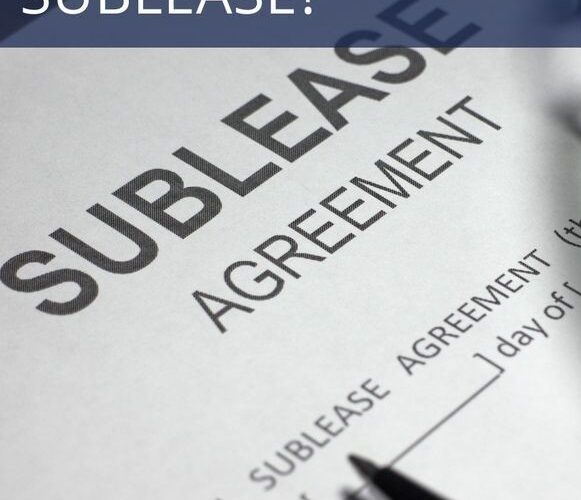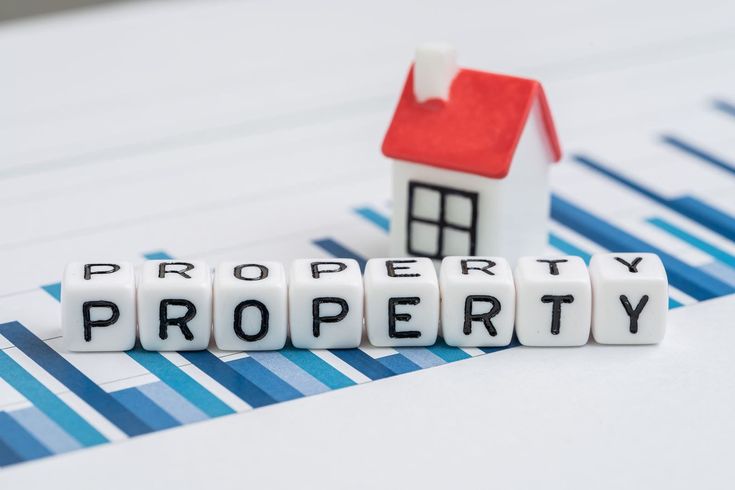How to Calculate ROI Across Different Property Types?
Investing in real estate is one of the most reliable ways to grow wealth over time. Whether you are an experienced investor or a novice looking to enter the property market, understanding how to calculate Return on Investment (ROI) is crucial. ROI provides a clear picture of the profitability of your investment, enabling you to make informed decisions. This comprehensive guide will explore how to calculate ROI for different property types, including residential, commercial, and industrial properties. Additionally, we will discuss factors that influence ROI, such as financing, market conditions, and tax implications.
What is ROI in Real Estate?
Return on Investment (ROI) is a performance measure used to evaluate an investment’s efficiency or profitability. It calculates the percentage return on an investment relative to its cost. In real estate, ROI helps investors determine how much profit they can expect to earn from a property, considering both income and expenses.
Formula for ROI
The basic formula for calculating ROI is:
ROI=(Net ProfitTotal Investment)×100\text{ROI} = \left( \frac{\text{Net Profit}}{\text{Total Investment}} \right) \times 100ROI=(Total InvestmentNet Profit)×100
This simple formula provides a clear percentage figure that represents the return on your investment. However, calculating ROI for real estate often involves additional complexities, such as accounting for rental income, operating expenses, property appreciation, and financing costs.
How to Calculate ROI for Residential Properties?
Due to their steady demand, residential properties, including single-family homes, apartments, and duplexes, are popular among real estate investors. Calculating ROI for residential properties involves a few straightforward steps.
- Determine Annual Rental Income
The first step is to calculate the total rental income the property generates in a year. For instance, if a residential unit rents for $1,200 per month:
$1,200×12=$14,400 (Annual Rental Income)\$1,200 \times 12 = \$14,400 \text{ (Annual Rental Income)}$1,200×12=$14,400 (Annual Rental Income)
- Deduct Operating Expenses
Operating expenses include property management fees, maintenance, insurance, property taxes, and utilities. Let’s assume these expenses amount to $4,000 annually:
Net Operating Income (NOI)=Annual Rental Income−Operating Expenses\text{Net Operating Income (NOI)} = \text{Annual Rental Income} – \text{Operating Expenses}Net Operating Income (NOI)=Annual Rental Income−Operating Expenses $14,400−$4,000=$10,400\$14,400 – \$4,000 = \$10,400$14,400−$4,000=$10,400
- Calculate ROI
If the property was purchased for $150,000, the ROI is calculated as follows:
ROI=($10,400$150,000)×100=6.93%\text{ROI} = \left( \frac{\$10,400}{\$150,000} \right) \times 100 = 6.93\%ROI=($150,000$10,400)×100=6.93%
This percentage indicates the annual return on your investment before considering mortgage payments or other financing costs.
How to Calculate ROI for Commercial Properties?
Commercial properties, such as office buildings, retail spaces, and shopping centers, offer higher income potential but often come with more risks and complexities.
- Calculate Net Operating Income (NOI)
For commercial properties, the NOI is critical. Suppose a commercial building generates $80,000 in annual rental income and incurs $20,000 in operating expenses:
NOI=$80,000−$20,000=$60,000\text{NOI} = \$80,000 – \$20,000 = \$60,000NOI=$80,000−$20,000=$60,000
- Consider the Capitalization Rate (Cap Rate)
The cap rate is a key metric in commercial real estate, representing the ratio of NOI to the property’s value. If the property is worth $750,000:
Cap Rate=($60,000$750,000)×100=8%\text{Cap Rate} = \left( \frac{\$60,000}{\$750,000} \right) \times 100 = 8\%Cap Rate=($750,000$60,000)×100=8%
- Calculate ROI
ROI can be calculated similarly to residential properties:
ROI=($60,000$750,000)×100=8%\text{ROI} = \left( \frac{\$60,000}{\$750,000} \right) \times 100 = 8\%ROI=($750,000$60,000)×100=8%
For commercial properties, it’s essential to consider lease agreements, vacancy rates, and market trends, as these factors significantly impact ROI.
How to Calculate ROI for Industrial Properties?
Industrial properties, including warehouses, manufacturing plants, and logistics centers, are specialized investments with unique ROI considerations.
- Assess Rental Income
If an industrial property is leased for $12,000 per month:
$12,000×12=$144,000 (Annual Rental Income)\$12,000 \times 12 = \$144,000 \text{ (Annual Rental Income)}$12,000×12=$144,000 (Annual Rental Income)
- Deduct Operating Expenses
Assuming annual operating expenses total $24,000:
NOI=$144,000−$24,000=$120,000\text{NOI} = \$144,000 – \$24,000 = \$120,000NOI=$144,000−$24,000=$120,000
- Calculate ROI
For a purchase price of $900,000:
ROI=($120,000$900,000)×100=13.33%\text{ROI} = \left( \frac{\$120,000}{\$900,000} \right) \times 100 = 13.33\%ROI=($900,000$120,000)×100=13.33%
Industrial properties often have long-term leases and stable tenants, which can lead to higher ROIs than other property types.
Key Factors Influencing ROI

Several factors can impact ROI, making it essential to evaluate each investment comprehensively:
- Financing and Leverage
Using a mortgage or other financing options can significantly influence ROI. While leveraging can increase potential returns, it also introduces risks, such as higher interest payments and potential negative cash flow during market downturns.
- Market Conditions
The local real estate market affects property values, rental rates, and occupancy rates. In a booming market, property values and rental income typically rise, boosting ROI. Conversely, in a declining market, ROI may decrease.
- Property Management
Efficient property management can reduce operating expenses and increase rental income. Whether you manage the property yourself or hire a professional management company, keeping expenses under control is crucial for maximizing ROI.
- Tax Implications
Different property types are subject to varying tax treatments. For example, residential properties may offer depreciation benefits, while commercial properties could qualify for other tax deductions. Consulting with a tax professional can help optimize your investment strategy.
- Property Appreciation
While ROI typically focuses on annual income and expenses, property appreciation plays a significant role in long-term profitability. Over time, an increase in property value can substantially boost your overall return on investment.
Comparing ROI Across Property Types
Here’s a quick comparison of typical ROI ranges for different property types:
- Residential Properties: 5% to 10% annually, depending on location and management.
- Commercial Properties: 7% to 12%, influenced by lease agreements and tenant quality.
- Industrial Properties: 10% to 15% due to longer lease terms and specialized tenants.
Investors should choose a property type based on their risk tolerance, investment goals, and market conditions.
Tips for Maximizing ROI
To optimize your returns, consider these strategies:
- Thorough Market Research Analyze local market trends, including rental demand, property values, and economic indicators.
- Efficient Property Management Minimize expenses by maintaining properties efficiently and addressing tenant needs promptly.
- Regular ROI Reviews: Periodically reassess your ROI calculations to ensure your investments remain profitable and align with your financial goals.
- Diversification: Diversify your portfolio by investing in different property types or locations to spread risk and enhance returns.
Conclusion
Calculating ROI is a vital step in evaluating the profitability of real estate investments. Whether you’re investing in residential, commercial, or industrial properties, understanding the nuances of ROI calculation helps you make informed decisions and maximize your returns. By considering factors like rental income, operating expenses, and market trends, you can optimize your investment strategy and achieve long-term success.



